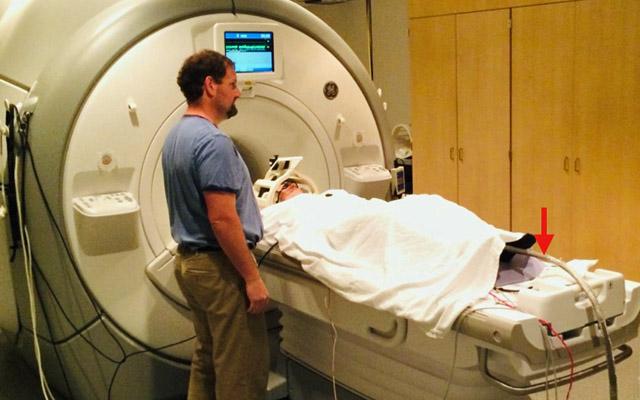Shades of Grey
/By Mia Maysack, PNN Columnist
A blonde walks into the mall, minding her own business, and sits down at a table in the food court.
A random dude calls out, "Don't you know it's rude to keep sunglasses on in here?"
That line felt like a punch to me.
"Well good sir, what can I say? My migraine lacks proper manners."
Yes, I wear sunglasses indoors because I'm cool like that. But it's also because after living with persistent and debilitating head pain for almost two decades, I need to wear sunglasses as a shield against the brutal assault of fluorescent lighting.
And sunglasses are one of the few ways I can make my seemingly non-existent illness visible to the rest of the world.
There are specially designated migraine glasses that provide relief by strategically dimming light. Brightness levels on cell phones and other devices can also be turned down by a special app that filters blue light.
Despite these helpful tools, walking under the bulbs in any public place feels as though light is raining down on me and, like a sponge, absorbing all of my energy.
That is why a trip to the grocery store could go well, but afterwards I'm out for the count and barely able to make it up the stairs.
Within the last couple years, my mobility has continued to be compromised -- especially when it comes to either sitting (driving) or shifting positions (sitting to standing). At a conference recently, after noticing my navigation or lack thereof, a dear colleague suggested what I had been silently dreading: the possibility of using a cane. There's nothing wrong with canes, I'm grateful for all medical devices, but suffice to say they aren’t exactly what I had pictured at the ripe old age of 29.
I've become accustomed to losing a lot as a result of chronic pain and illness, but confronting a limited physical future is my newest anguish.
The combination of chronic cluster headaches, daily intractable migraines and now fibromyalgia not only heighten the pain scale number, it hinders even the simplest of daily tasks. It impacts the few things I am still able to do that bring me joy, such as participate in creative body movement through yoga or dance.
I smirk thinking back to the days I could go out and dance for hours on end. There's a certain spark that comes alive in me when bass throbs its way through a loudspeaker. I'm quite aware that is contradictory to head pain, yet somehow, I cannot live without it. My soul begins to vibrate in the most calming way as I am enticed by the rhythm and it takes over.
Fast forward to today and I'm fortunate to get a couple minutes of dancing in before symptoms worsen. I cannot go as hard or as long as I used to, but it has caused an evolution in my movement, leading me to a whole-body present moment acceptance.
Last week at an appointment, I mentioned that a cane will likely be needed daily in the near future. Initially the provider skipped over the remark entirely, but when I brought the conversation back around to ensure we were on the same page, she reacted with “Oh yes, your question about a cane.”
I don’t recall needing an answer so much as an acknowledgement, as I do not feel the need to ask for permission to do what’s going to be best for myself.
It’s never too far from my mind that I walked away from bacterial meningitis. If it is now catching up to me, there’s never an ideal time for that to happen and I am fortunate to have had moments with an abundance of blessings. No matter how dark life can get, it’s imperative we make the absolute most of every breath and make a conscious commitment for the sake of ourselves to never give up.
Whether we live inflicted with physical ailments or not, none of us know what the future holds, nor when our number may be up. All it takes is a slight change in circumstance to alter our lives forever, so we must take time to appreciate and find ways to enjoy the gifts we have.
The blonde kept the shades on and walked out with her cane like the bad ass that she is!
Mia Maysack lives with chronic migraine, cluster headaches and fibromyalgia. Mia is the founder of Keepin’ Our Heads Up, a Facebook support group, and Peace & Love Enterprises, a wellness coaching practice focused on holistic health.
The information in this column should not be considered as professional medical advice, diagnosis or treatment. It is for informational purposes only and represents the author’s opinions alone. It does not inherently express or reflect the views, opinions and/or positions of Pain News Network.

































